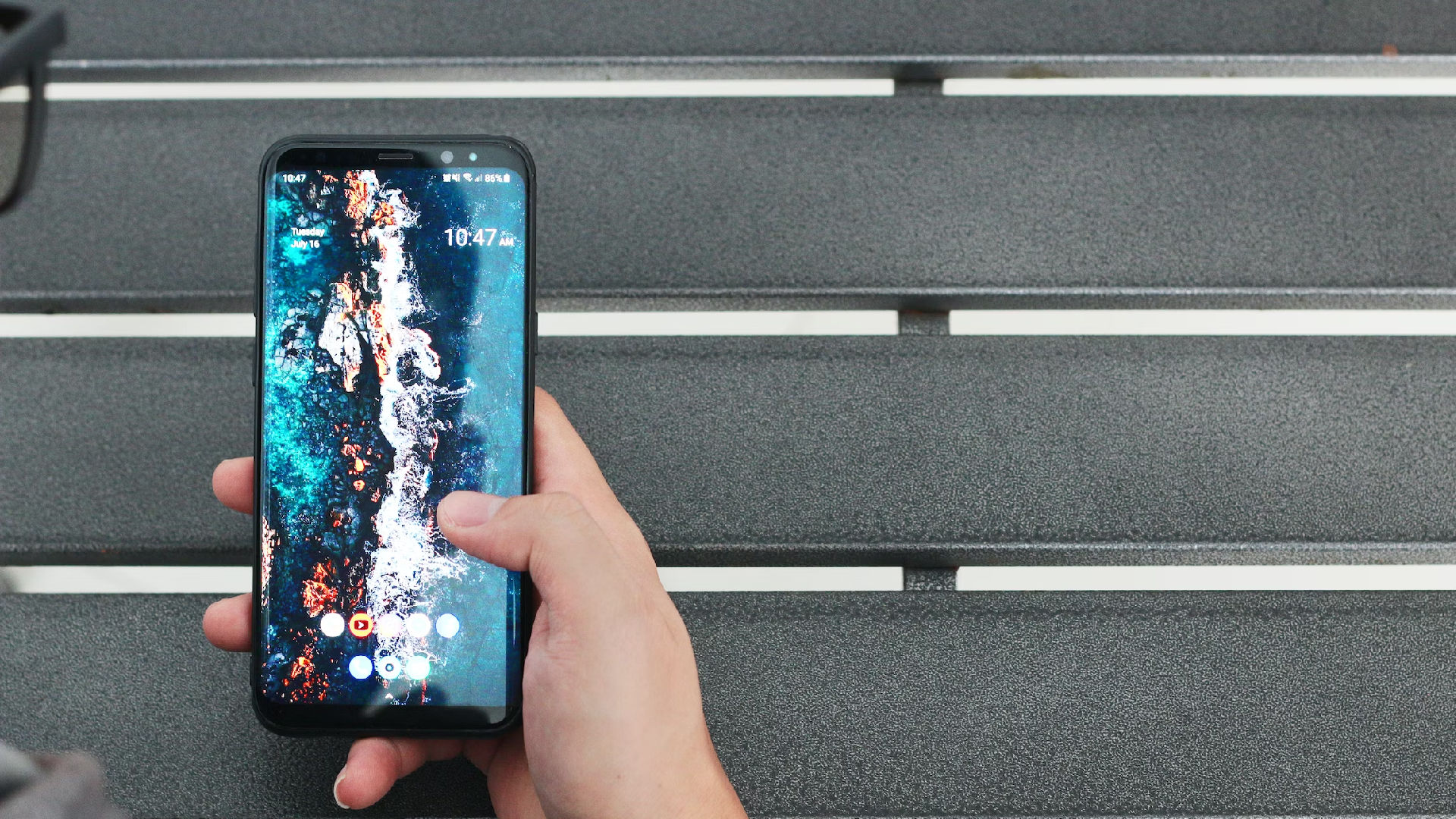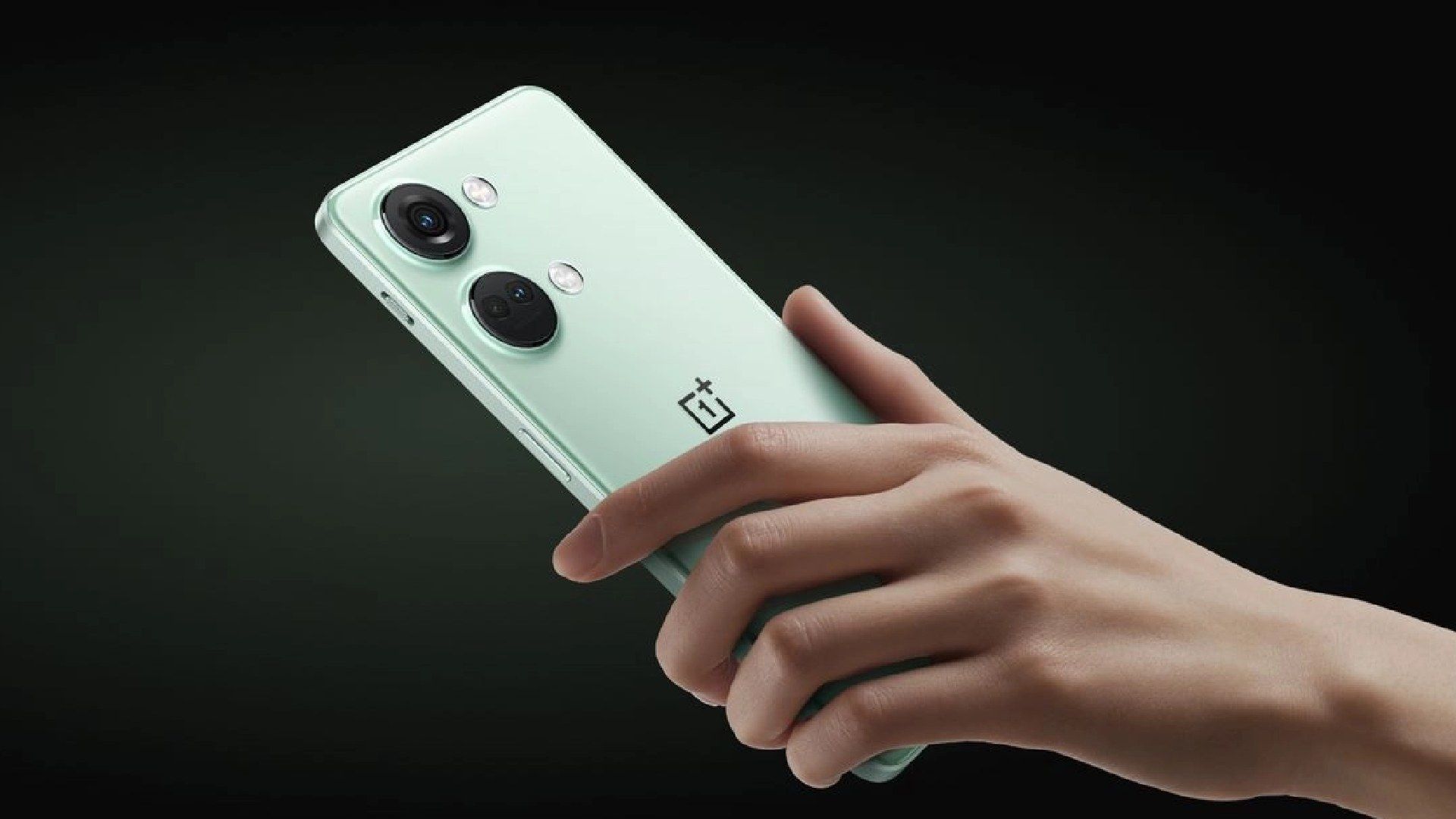
When buying a new smartphone, one of the most common queries is usually about its RAM. Since the early days of smartphones, RAM has often been the decisive factor in choosing Phone A over Phone B. Store salesmen are more than happy to recommend the high-end variants that offer more RAM at a steeper price. Even manufacturers are jumping in on the bandwagon by putting the higher RAM variants on the shelves instead of the standard model. While it’s all about reaping profits for these smartphone companies, what are the true benefits (if at all) for consumers on the other side of the table?
Recently, news broke about a couple of upcoming smartphones from OnePlus, Realme and Oppo coming with 24GB RAM in their highest-spec variants. 24GB sounds like a LOT for those who want the absolute best and seek to future-proof their purchase. Even the regular variants of these flagships are likely to come with 16GB RAM, which is double the RAM you get in the Samsung Galaxy S23 and Google Pixel 7. 24GB RAM phones are also great for boasting among your social circle but is it truly helpful? More importantly, how much RAM do you actually need in your phone? What is its role on a daily basis?
We are here to clear all the myths and confusions most buyers have about RAM in general and the 24GB RAM phones in particular.
24GB RAM phones: All the myths debunked
What is RAM?
RAM is an acronym for random-access memory and is a crucial part of a computer. It is short-term memory where data can be stored and accessed with very fast read/write speeds. This is unlike the HDD or SSD storage solutions, where the read/write speeds are slower.
Your RAM holds data, files and codes that are necessary for an application to run. For example, when you browse the web on Google Chrome, the data of all the tabs you have opened are stored in RAM. When you play a video game, all the necessary data such as textures, gameplay codes, user data and more are stored on the RAM. Once you close the game or the browser, the RAM clears all the stored data. Think of it like the storage that holds all the files once you shut down your computer.
 Image Credits: Courtesy Unsplash / nikko
Image Credits: Courtesy Unsplash / nikko
If you are still confused, here’s an easier explanation.
Try to think of the RAM as a small bucket full of cricket balls. The bowler needs multiple balls at his disposal for practice and after he’s done, you need to carry them all to the next player. It is easier to store the balls temporarily in the bucket if you want to move them all at once. Alternatively, it would be impractical if you put all the balls in their original packaging and carry them individually, won’t it?
Is more RAM better?
Having more RAM is a good thing if you have to run multiple demanding applications. For example, if you edit photos on your computer and use the Chrome web browser simultaneously, your PC needs at least 16GB RAM to keep everything running smoothly. If you play a lot of graphically intensive games, having more RAM helps.
However, if your usage is limited to basic web browsing, watching movies or working on a document, a lower RAM capacity will suffice. Having extra RAM in such scenarios is overkill.
What about RAM on smartphones?
Your smartphone is essentially a modern-day computer running on a different architecture and it too needs RAM. Android smartphones do a lot of multitasking and hence, they need more RAM capacity to function smoothly. Having more RAM on your smartphone also helps in keeping the apps running simultaneously in the background, which is useful while multitasking.
How much RAM is adequate for general usage?

In 2023, most Android smartphones need at least 8GB RAM to run the Android operating system along with a couple of apps and a game. This aligns with a majority of use case scenarios and hence, popular smartphones like the Samsung Galaxy S23 and Google Pixel 7 offer 8GB of RAM as standard.
However, more RAM is necessary if the user engages in lots of photo and video editing, hardcore gaming and juggling between multiple social media apps simultaneously. Hence, smartphones like the Samsung Galaxy S23 Ultra and Asus ROG Phone 7 come with at least 12GB of RAM as standard.
Does a 24GB RAM phone make any sense?
In most scenarios, the standard RAM capacity of 8GB is adequate to run almost all the apps and games easily. Unless you multitask a lot, there’s no need to opt for more RAM in your smartphone, no matter how much brands may try to persuade you. The higher RAM variants are designed primarily for reaping profits.
For example, if you simply message on WhatsApp, browse through social media apps, take and edit photos and play games occasionally, an Android smartphone with 8GB RAM is adequate for you. If you play a lot of games and want all of them to be running in the background, choosing a higher variant with 12GB or 16GB RAM makes sense.
Hence, if OnePlus or Oppo launch their next flagship 24GB RAM smartphones, it is wise to avoid them. Even the most demanding users will have a sufficient amount of memory for running almost anything they want to with 16GB RAM.
Is virtual RAM a more affordable way to get more?
Virtual RAM comes into play when you have exhausted the available RAM capacity on your phone. The feature allocates some memory from the storage to the RAM to help with multitasking. Hence, having a virtual allocation of an extra 6GB RAM could help in keeping a dozen apps running in the background.
That said, Virtual RAM has its drawbacks too. The feature takes up a notable amount of space from your storage, which isn’t a good idea if your phone has just 128GB of storage to play with. Apps using virtual RAM also tend to run slowly. Users have also reported an overall decrease in general performance when Virtual RAM is enabled.
Why don’t we talk about RAM on iPhones?

Unlike Android smartphones, Apple prioritises optimising the software on the iPhone. The iOS operating system is greatly optimised to manage all apps and games by efficiently using memory. During heavy multitasking, iOS simply freezes the apps in the background, thereby freeing up space from the RAM.
Hence, the Apple iPhone 14 Pro Max can get by with just 6GB RAM and never slow down. Its Android counterparts, on the other hand, have to resort to 24GB RAM to keep things smooth.
(Hero and Featured Image Credits: Courtesy Unsplash / Đức Trịnh)
This article first appeared here.
The post Do we really need those 24GB RAM phones? appeared first on Lifestyle Asia Hong Kong.
